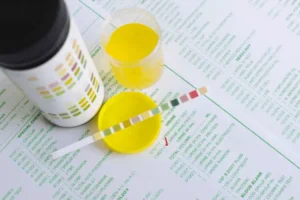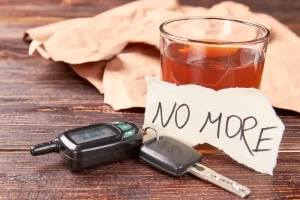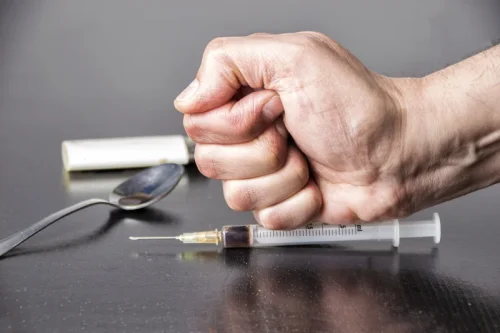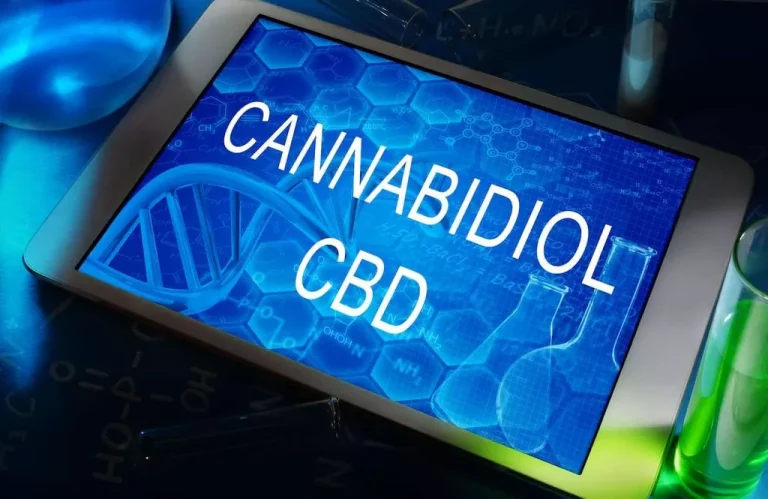Chapter 3 Medical Aspects of Stimulant Use Disorders Treatment for Stimulant Use Disorders NCBI Bookshelf

The neurotoxic effects of amphetamines and the effects of sensitization might explain why, for some individuals, psychosis occurs increasingly frequently after exposure to amphetamines. After some time, psychosis may be precipitated in response even to very small doses of the drug or to non-drug-related environmental stressors [28, 29, 66]. This is in line with the general psychosis field, which moves away from a dichotomous categorization of psychosis as something that is either present or not to a more continuous understanding [67, 68]. Use of amphetamine and methamphetamine (hereafter amphetamines) can cause acute psychotic symptoms and may also contribute to persistent psychotic conditions such as schizophrenia. Still, much remains uncertain about the mechanisms and nature of this relationship. In this paper, we review certain aspects of this relationship, with particular emphasis on papers published during the past 3 years.
Treatment for Stimulant Use Disorders: Updated 2021 [Internet].
Behavioral and psychiatric symptoms, such as hallucinations and psychosis, are common with amphetamine intoxication (Spiller et al., 2013). Given MA’s longer lasting effects, its use may lead to more frequent mental impairment, more potent central nervous system (CNS) effects, and more overdoses. Chronic use of MA (beyond 2 weeks) is more hazardous than chronic cocaine use because of MA’s sustained effects. Moreover, drug-induced psychoses in people who use MA are likely to last longer than those of people who use cocaine and, in addition, may not respond as readily to available treatments. High-dose and high frequent-use patterns often lead to even more compulsive bingeing over a few hours to days that ceases only when the individual is totally exhausted or the stimulant supply runs out.
- For MA use, people appear more likely to have non-substance-induced, preexisting lifetime depressive, anxiety, or psychotic disorders than to have MA-induced depressive, anxiety, or psychotic disorders (Salo et al., 2011).
- The psychosis lasts for at least 1 month after cessation of intoxication or withdrawal.
- Treatment with either lithium or valproate reportedly protect against dextroamphetamine-induced alterations of brain choline concentration in patients with bipolar disorder 216.
How to Weigh the Risks
When valves in veins are damaged, blood pools in the surrounding tissues and in the venous system below the damaged area. Accumulated damage to the veins may cause venous insufficiency (Dunn & Gauthier, 2020). Venous insufficiency causes swelling of the extremities and discolored, thickening, scaling, and peeling skin.
Amphetamine, Oral Tablet
Amphetamine-induced delirium follows a reversible course similar to other causes of delirium, and it is identified by its relationship to amphetamine intoxication. In the midwestern United States, methcathinone, the synthetic form of cathinone, has been produced illegally since 1989, after a student at the University of Michigan stole research documents and began to illegally manufacture the drug. Methcathinone is relatively easy to produce and contains the same chemicals found in over-the-counter (OTC) asthma and cold medicines, paint solvents and thinners, and drain openers (eg, Drano). Amphetamine was initially synthesized in Berlin in 1887 as 1-methyl-2-phenethylamine. It was the first of several chemicals, including methamphetamine and methylenedioxymethamphetamine, which have similar structures and biological properties, and are referred to collectively as “amphetamines” 2.

You usually do not get addicted to prescription amphetamines when you take them at the right dosage to treat your health condition. Amphetamines are illegal when they are used without a prescription to get high or improve performance. In this case, they are known as street, or recreational drugs, and using them can lead to addiction. Keep this medication in the container it came in, tightly closed, and out of reach of children. Store the orally disintegrating tablet blister packages in the provided plastic sleeves.

Amphetamine abuse: developmental stage influences risk
The increased availability of extracellular dopamine as a result of cocaine exposure in the brain’s reward centers is hypothesized to at least partially account for the drug’s strong addiction potential and euphoric effects (Verma, 2015). This pattern is also seen in MA use, as MA both blocks dopamine reuptake and increases dopamine release (National Institute on Drug Abuse [NIDA], 2019b). Meta-analyses indicate a larger and more consistent dysregulation of dopaminergic systems with MA exposure than with cocaine (Ashok et al., 2017). The two common forms of prescription stimulants—methylphenidate and amphetamine—affect the dopamine system differently, but, like cocaine and MA, both increase extracellular dopamine. Methylphenidate primarily inhibits the reuptake of dopamine, whereas amphetamine both inhibits dopamine reuptake and also increases the amount of dopamine in the synapse (Yanofski, 2011). Concerns have been voiced that, in addition to neurobiological adaptations, prolonged exposure to amphetamine could damage components of the central nervous system.
Preclinical support for the therapeutic potential of zolmitriptan as a treatment for cocaine use disorders
Reduced appetite is one of the most common adverse effects of prescription stimulants, with stomach ache, abdominal pain, dyspepsia, and weight loss also occurring (Cortese et al., 2015; Holmskov et al., 2017; Storebø et al., 2015). The potential increased risk of Parkinson’s disease specifically has not been observed among people taking cocaine (Lappin et al., 2018). Healthcare service providers need to learn the medical signs, symptoms, and consequences of stimulant use to understand how best to medically manage patients with stimulant use disorders. Behavioral health service providers should also learn the medical aspects of stimulant use disorders so they can refer patients for medical intervention quickly and appropriately. While its behavioral and physiological effects are similar to those of cocaine, there are some major differences in the basic mechanisms of how these drugs work at the cellular level. But methamphetamine, like cocaine, results in an accumulation of the neurotransmitter dopamine, which appears to produce the stimulation and feelings of euphoria experienced by the user.
Because cocaethylene has a longer half-life (2 hours) than cocaine (about an hour; A. W. Jones, 2019), the cumulative and additive effects found in the combination increase the incidence of lethal heart attacks and stroke (18 times higher risk of sudden death than with cocaine alone). Cocaethylene appears to prolong the duration of cocaine-related increases how long do amphetamines stay in your system in blood pressure and, in turn, to increase the likelihood of small-vessel cerebral infarct or intracerebral hemorrhage. Differential diagnosis of acute confusional states should include the possibility of head injury, intracranial hemorrhage, electrolyte imbalances, infection or medical comorbidity, acute trauma response, or thyrotoxicosis.


Additionally, behaviors consistent with prescription drug misuse in general could appear in people with chronic prescription stimulant misuse. A recent review concluded that 20% of adults with substance abuse disorders have ADHD, and that ADHD both alone and in combination with co-occurring psychopathology increases risk for the development of substance abuse disorders in adulthood 92. A case-control family study found that adolescents and young adults (ages 15 − 25) with ADHD reported more cigarette, alcohol, and illicit stimulant use than age-matched without ADHD 93. In addition to this, patients who have an amphetamine use disorder and are entering substance abuse treatment centers have a higher likelihood of being referred by the criminal justice system than patients with all other substance use disorders combined (59% versus 38%). Users of amphetamines are also twice as likely to need long-term treatment than users of other drugs (17% versus 8%). Some studies have suggested about 30% of patients with amphetamine-induced psychosis end up with a primary psychosis over time.
- The period of postacute withdrawal may extend to 2 weeks or more after the patient’s last use.
- The financial burdens can be severe for these patients and, if the patients lack insurance, hospitals’ costs of care may be unrecoverable.
- Typically, the half-life of cocaine is about 60 minutes but can range from 40 to 90 minutes (ARUP Laboratories, 2019).
- Nitroglycerin is indicated for cocaine-induced myocardial ischemia to alleviate coronary vasoconstriction and for cocaine-induced chest pain (Agrawal et al., 2015).
